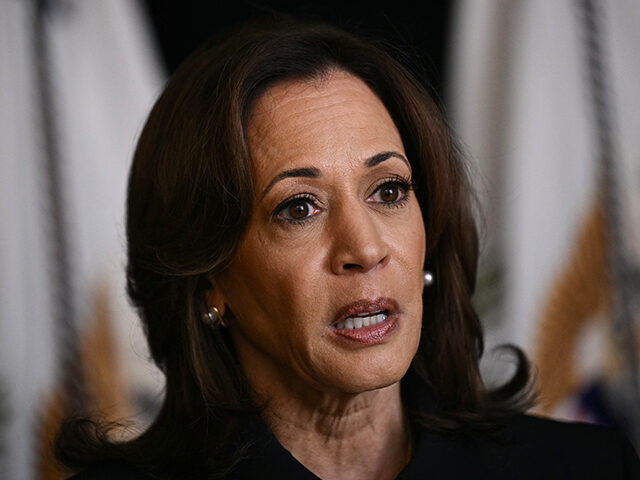October Surprise: The September Jobs Report Is Flattered by BLS Adjustments
Surprise, surprise. September’s jobs report shows a 254,000 increase in employment, and once again, it appears the real action is in the footnotes, specifically the magic of seasonal adjustments.
Every year, the government statisticians at the Bureau of Labor Statistics have the unenviable task of smoothing out the labor market’s wild swings, especially in September, where history tells us the private sector nearly always loses jobs before those adjustments work their magic.
Let’s cut to the chase: since the turn of the century, the private sector has shed jobs every single September—excluding the pandemic year of 2020. On average in this century, American payrolls shrink by 432,000 if we exclude 2020 and 405,000 if we do not. This shouldn’t be shocking. Kids leave their summer jobs. Students return to school. Teachers, meanwhile, head back to classrooms, often leaving private payrolls for public.
These are well-known seasonal patterns. Our labor market isn’t breaking any new ground here. The only new twist is the jaw-dropping scale of the adjustments this year.
Without seasonal adjustments, private sector employment dropped by a hefty 458,000 in September. But add in those adjustments, and voilà—suddenly, we’re talking about a 223,000 gain. So, seasonal adjustments added 681,000 jobs, the third largest ever September adjustment after 2019 and 2020.
Going back to 1948, the September adjustments have typically boosted the private sector jobs number by about 191,000 on average. Why are the recent figures so much higher? The primary driver is that the size of the workforce has grown, raising both the unadjusted and adjusted numbers.
So seasonal adjustments are “supposed” to account for predictable patterns like summer job losses. But what happens when fewer jobs than usual are lost? Suddenly, September looks like a booming month.
Elections and Adjustments: A Partisan Tilt
It’s perfectly natural to wonder if politics plays a role. After all, September isn’t just any month in an election year. It’s typically the last full month of jobs data before the voters weigh in on who gets the keys to the Oval Office. While cynics might expect the seasonal adjustments would grow in election years, the opposite is true. Since 1990, the average seasonal adjustment for September in an election year is 443,000 and for a non-election year it is 485,000.
How about partisanship? When a Democrat is in the White House during an election year since 1990, the average September adjustment jumps to 506,000. Under a Republican incumbent? Only 395,000. Since 2000, this partisan gap has widened further, with adjustments averaging 572,000 under Democrat incumbents, compared to 465,000 under Republican ones.
Why the disparity? It’s not because the BLS favors Democrats. It’s probably rooted in the nature of each party’s interventions in the economy. The Democrat penchant for demand-stimulating policies can produce runaway inflation—as we recently saw—but it also tends to temper the seasonal job losses typically expected in months like September. The BLS, however, working off its established historical models, compensates for losses that fail to fully materialize. Thus, the adjustment becomes a generous overcorrection, inflating the final numbers.
By contrast, Republican policies—tax relief, deregulation, and (at least in the age of Trump) higher tariffs—encourage long-term private-sector growth but don’t necessarily shield the economy from predictable seasonal downturns. With actual job losses more in line with history, the seasonal adjustments under Republican administrations are smaller, simply because there’s less for the BLS to “correct.”
Government Jobs Are Huge in September
So, does this mean the economy is much weaker than it appears? Not quite. In fact, as large as the private sector upward revision was, the downward revision to public sector employment was even larger.
Government employment spiked by an unadjusted 918,000 jobs, as educators and school staff returned from their summer hiatus. After seasonal adjustment, this gets counted as just 31,000 jobs. While these jobs do not reflect private sector demand for workers, the spending by the employees increases private sector demand—and therefore puts upward pressure on employment.
So, was there an October surprise in the just-released September jobs numbers? Only if you’re surprised by what’s been happening for decades.

COMMENTS
Please let us know if you're having issues with commenting.